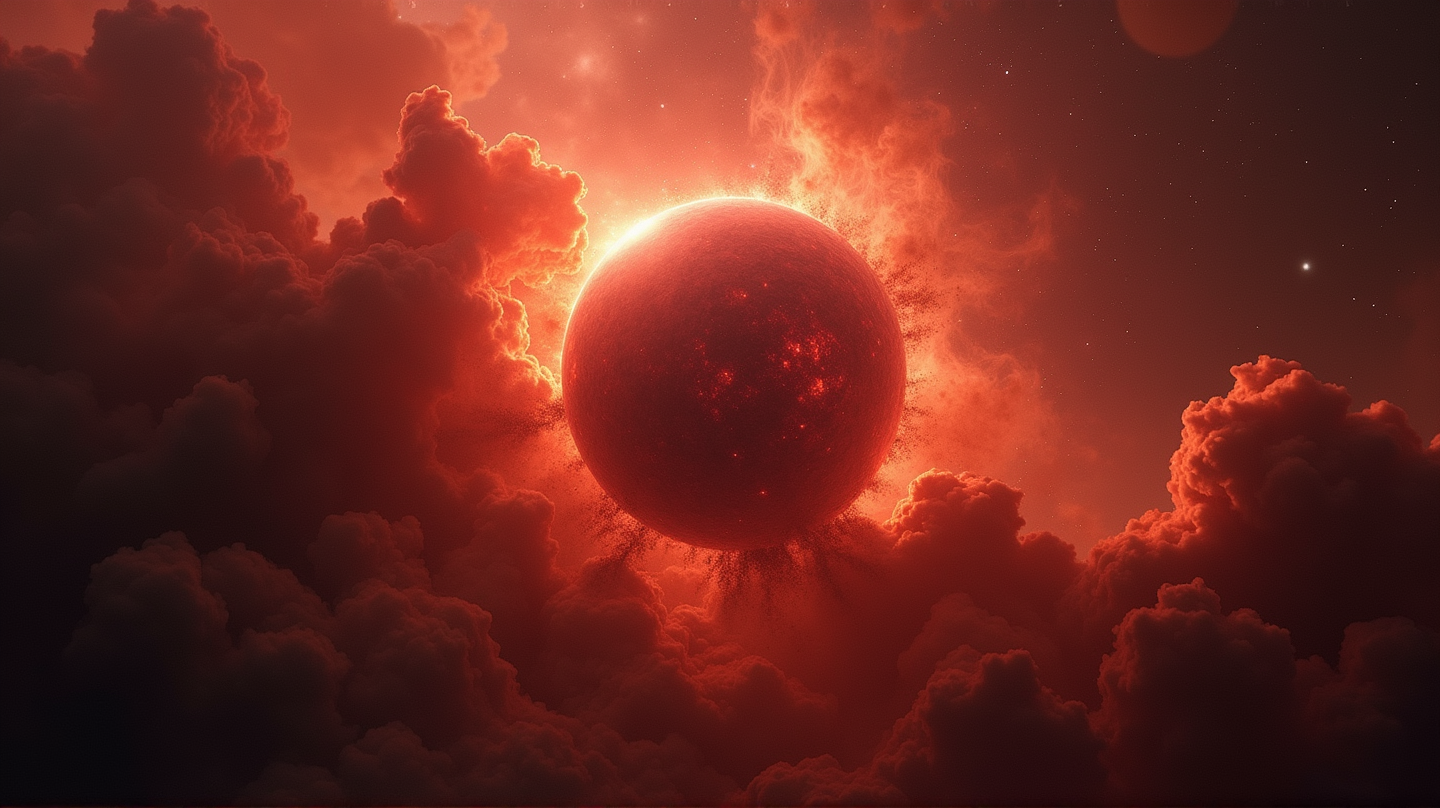Unraveling the Mysteries of Capotauro: A Celestial Enigma
The discovery of Capotauro by the James Webb Telescope challenges our understanding of the universe.

In the vast expanse of the cosmos, a mysterious object named Capotauro has emerged, challenging astronomers to unlock its secrets. Spotted just 90 million years after the Big Bang, this intriguing find by NASA’s James Webb Space Telescope immerses us in an engaging cosmic puzzle. Is Capotauro the oldest known galaxy, a brown dwarf, or perhaps an enigmatic early black hole? As we venture deeper into the universe’s past, we find that each answer only raises more questions.
The Cosmic Voyage Begins
Capotauro, known by its identifier CEERS ID U-100588, was first unveiled by the Cosmic Evolution Early Release Science (CEERS) Survey. This reddish marvel might redefine our understanding of cosmic evolution. If it turns out to be a protogalaxy, it could rewrite the history books, predating our current oldest known galaxy by 110 million years.
A Dance of Light and Dust
The discovery of Capotauro also sheds light on the universe’s ancient dance, particularly the interaction between light and dust. In astonishing detail, the Webb telescope’s observations suggest that Capotauro might be a galaxy enveloped in cosmic dust. This dust paints the object red, yet its identity remains elusive, leaning it towards being more unique than previously categorized little red dots (LRDs).
Alternative Theories: Failed Stars or Rogue Planets?
While the prospect of Capotauro being a galaxy captivates many, researchers have not dismissed other possibilities. Initial morphological tests were inconclusive, leading scientists to propose it could be a brown dwarf—a so-called “failed star”—or even a rogue gaseous exoplanet. This case further intrigues scientists as the unprecedented mix of temperature and distance continues to puzzle them. The enigmatic nature of Capotauro calls for more observations from its evolving cosmic story.
A Glimpse into the Universe’s Forgotten Crypts
Even with these theories, the possibility of Capotauro being an early black hole remains a route not entirely ruled out. The Webb telescope’s past detections of similar enigmatic black holes support this hypothesis. These cosmic beasts, once soaring through the young universe, could have collapsed in on themselves and become black holes, never realizing the fate of a star.
The Road Ahead
Capotauro stands as a potential revolutionary find in the annals of cosmic history. Its story is yet to be witnessed, and astronomers are eager for follow-up observations. Whether it whispers the ancient secrets of timeless galaxies or unveils the silent screams of black holes, Capotauro’s tale will undoubtedly echo through the corridors of space and time.
As we peer into this cosmic theater, Capotauro captivates our imaginations, a mesmerizing reminder of the universe’s mysteries. According to Popular Mechanics, ongoing research might soon untangle this cosmic enigma, providing a story to resonate with generations to come.

